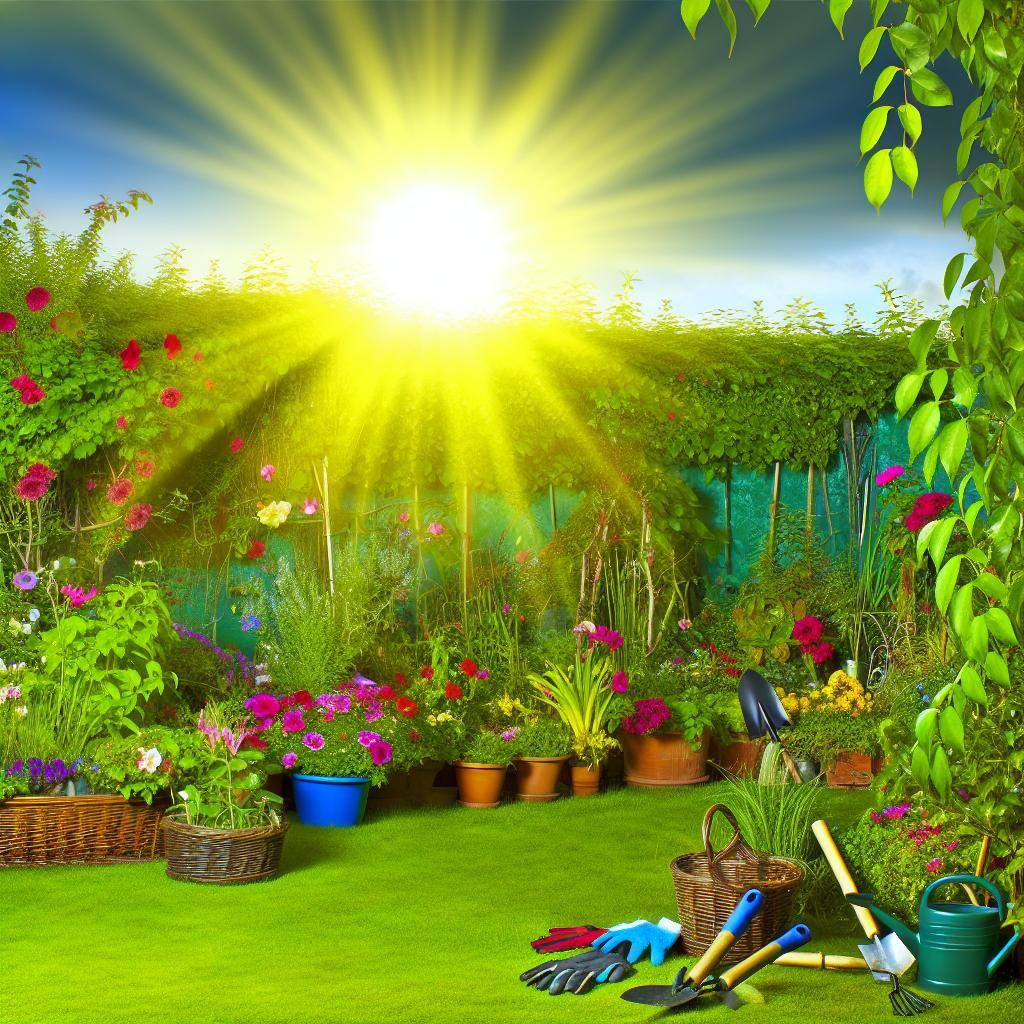Selecting the Right Plants for Your Garden
Creating a lush garden starts with choosing plants that are well-suited to your climate, sunlight exposure, and soil conditions. Research native species as they are more likely to thrive and require less maintenance. Consider the mature size of plants to ensure proper spacing and avoid overcrowding. Select a mix of perennials, annuals, shrubs, and trees to create diversity and year-round interest in your garden.
Think about the visual appeal of your garden throughout the seasons. Include plants that flower at different times, as well as those that provide attractive foliage or bark. Don't forget to factor in the amount of time you can dedicate to garden maintenance when choosing plants; some may require more care than others.
Understanding Soil Types and Improvements
Soil is the foundation of a healthy garden. Identify your soil type—clay, sandy, silty, peaty, chalky, or loamy—by observing its texture and how well it drains. Each type has its benefits and challenges. For example, clay soils are nutrient-rich but slow to drain, while sandy soils drain quickly but may not hold nutrients well.
Improving your soil involves adjusting its texture and nutrient content. You can do this by adding organic matter like compost or well-rotted manure. Regularly test your soil's pH and nutrient levels to determine if you need to make any amendments. A balanced soil pH will allow plants to absorb nutrients effectively.
Mastering the Art of Planting
Proper planting technique can mean the difference between a thriving plant and one that struggles. Dig a hole that is twice as wide and just as deep as the root ball of your plant. This gives the roots room to spread out and access nutrients. Be careful not to plant too deep or too shallow as this can stress the plant and lead to poor growth or even death.
Gently tease out the roots if they are tightly bound and position the plant so that the top of the root ball is level with the soil surface. Backfill the hole with a mix of native soil and compost, then water thoroughly to settle the soil around the roots and eliminate air pockets. Mulching around the plant can help retain moisture and suppress weeds.
Watering Strategies for a Thriving Garden
Water is vital for plant health, but overwatering or underwatering can be detrimental. The key is to water deeply but infrequently to encourage deep root growth. Early morning is the best time to water, as it reduces evaporation and helps prevent fungal diseases.
Consider the use of drip irrigation or soaker hoses that deliver water directly to the roots with minimal waste. Mulching also helps conserve moisture. Monitor your plants for signs of water stress—wilting or yellowing leaves—and adjust your watering schedule accordingly. Remember that different plants have different water needs; group plants with similar requirements together to make watering more efficient.
Managing Pests and Diseases Naturally
A balanced ecosystem in your garden can help control pests and diseases without the need for harsh chemicals. Encourage beneficial insects, such as ladybugs and lacewings, which prey on common garden pests. Practice crop rotation and remove diseased plant material promptly to prevent the spread of pathogens.
Favor natural and organic pesticides and fungicides, and use them as a last resort. Mechanical controls like traps and barriers can also be effective. Regular observation of your plants will help you detect and address problems early on. Healthy, well-cared-for plants are less susceptible to pests and diseases, so focus on creating a strong foundation for your garden.



.jpg)






.jpg)



0 Comments